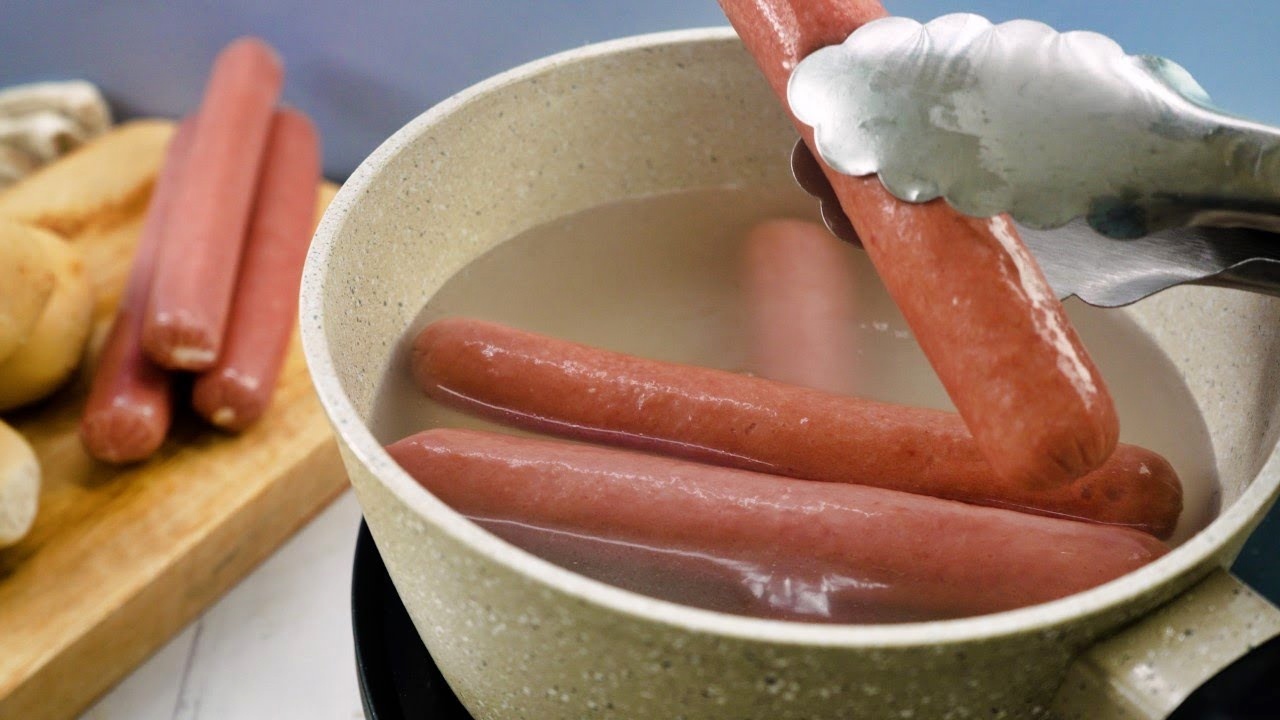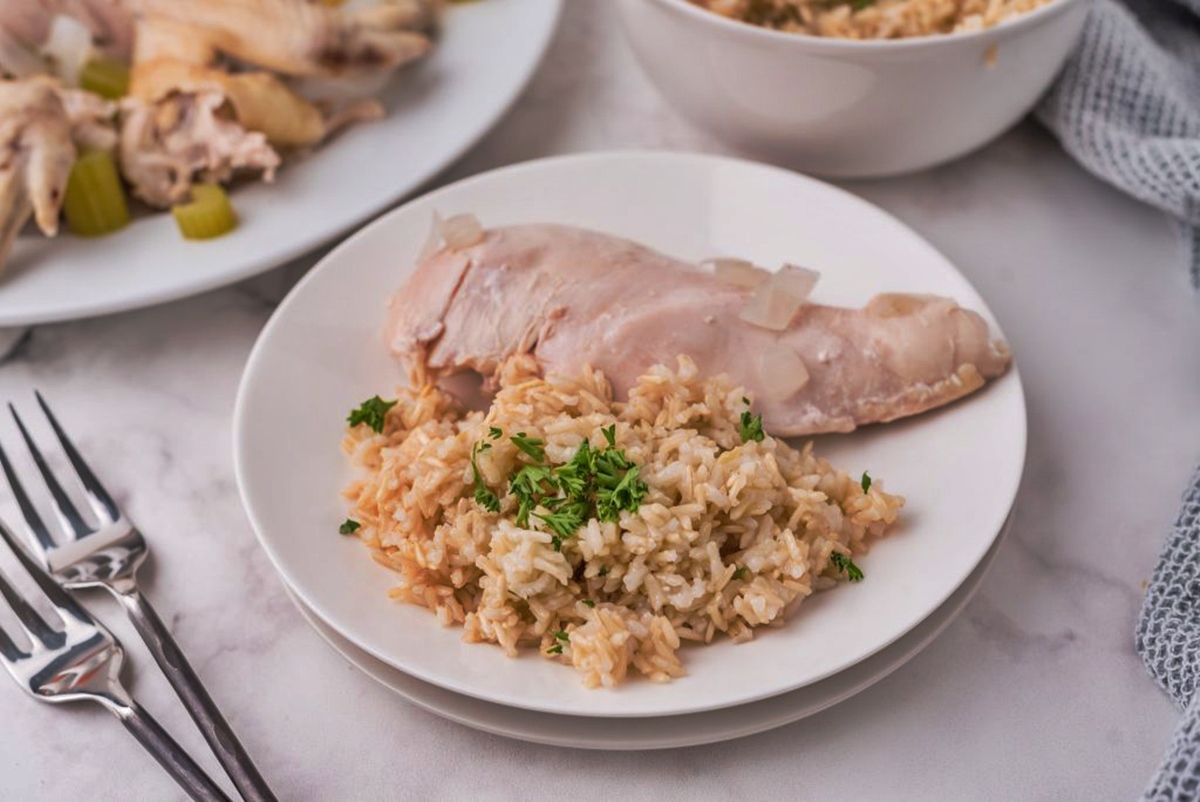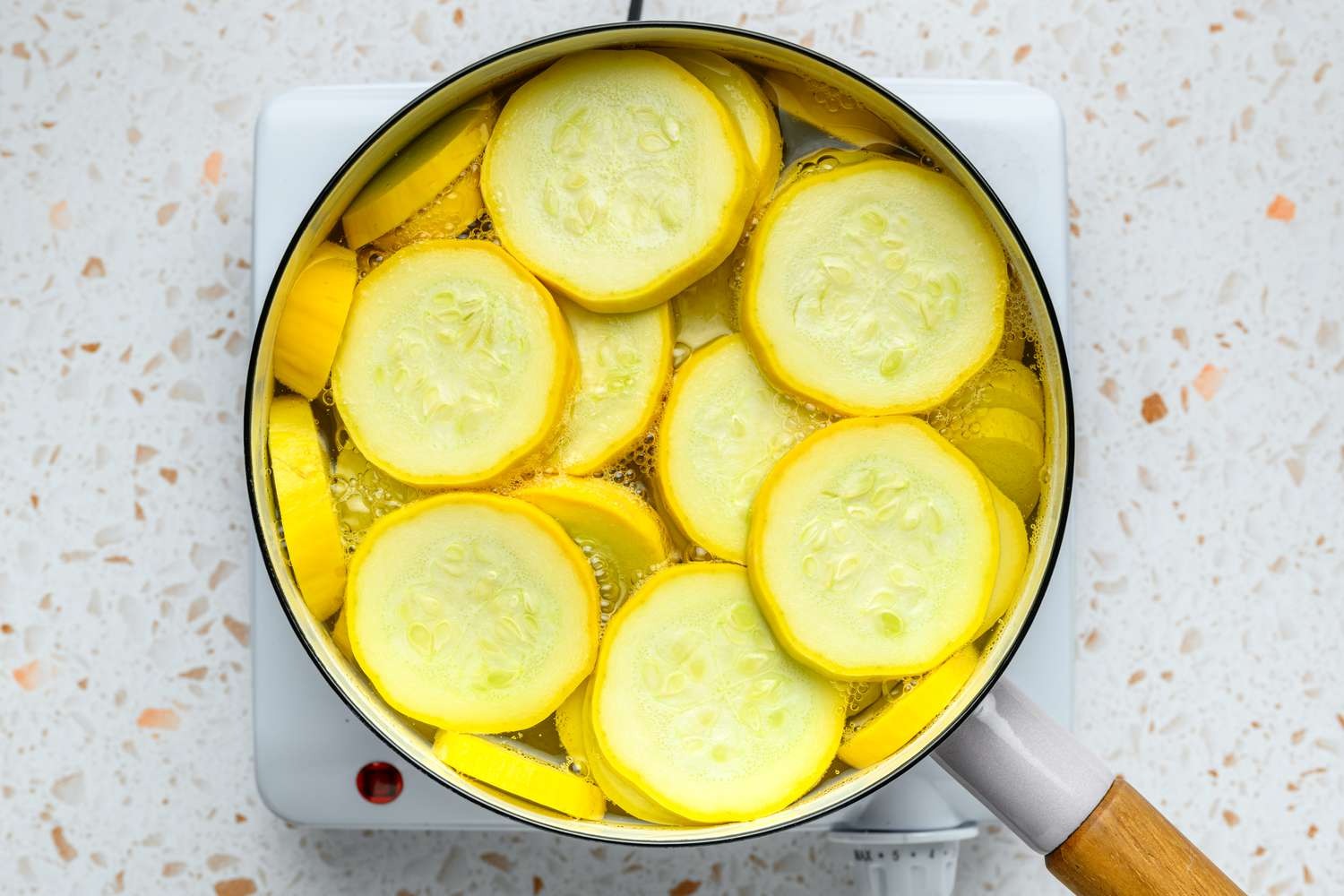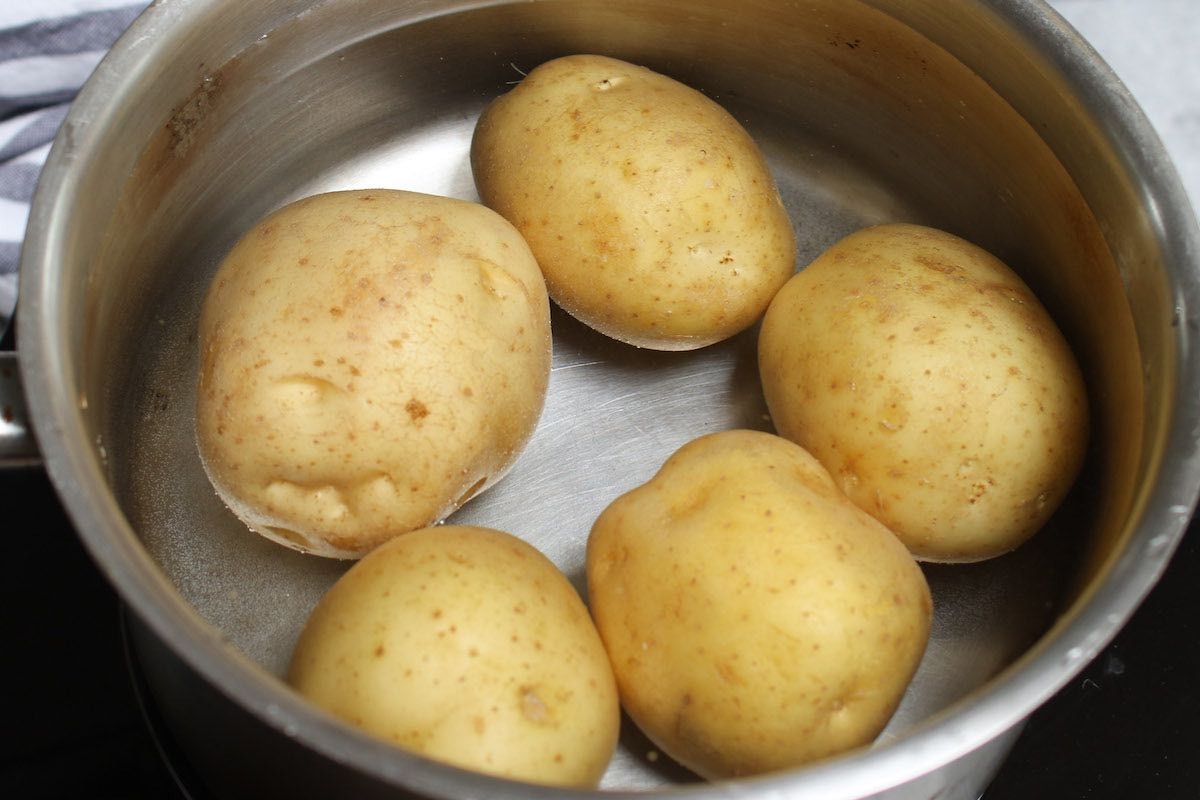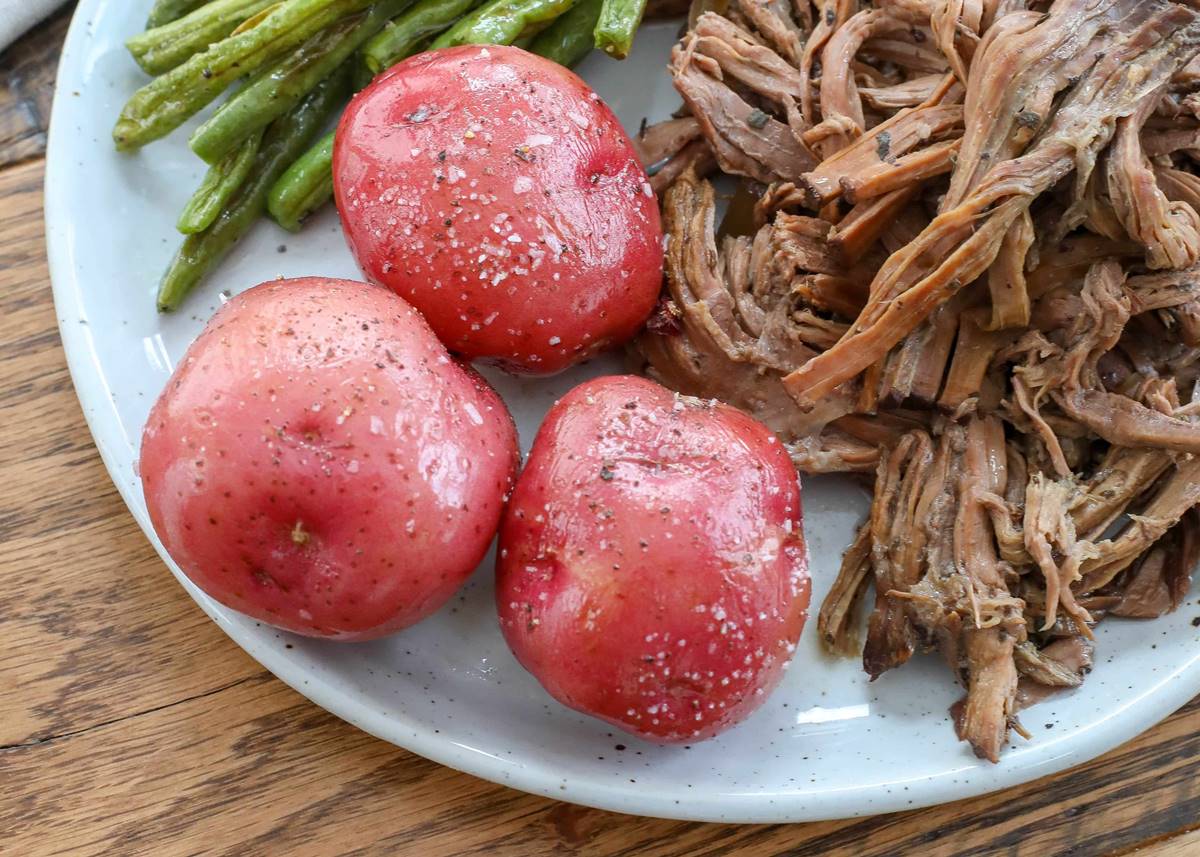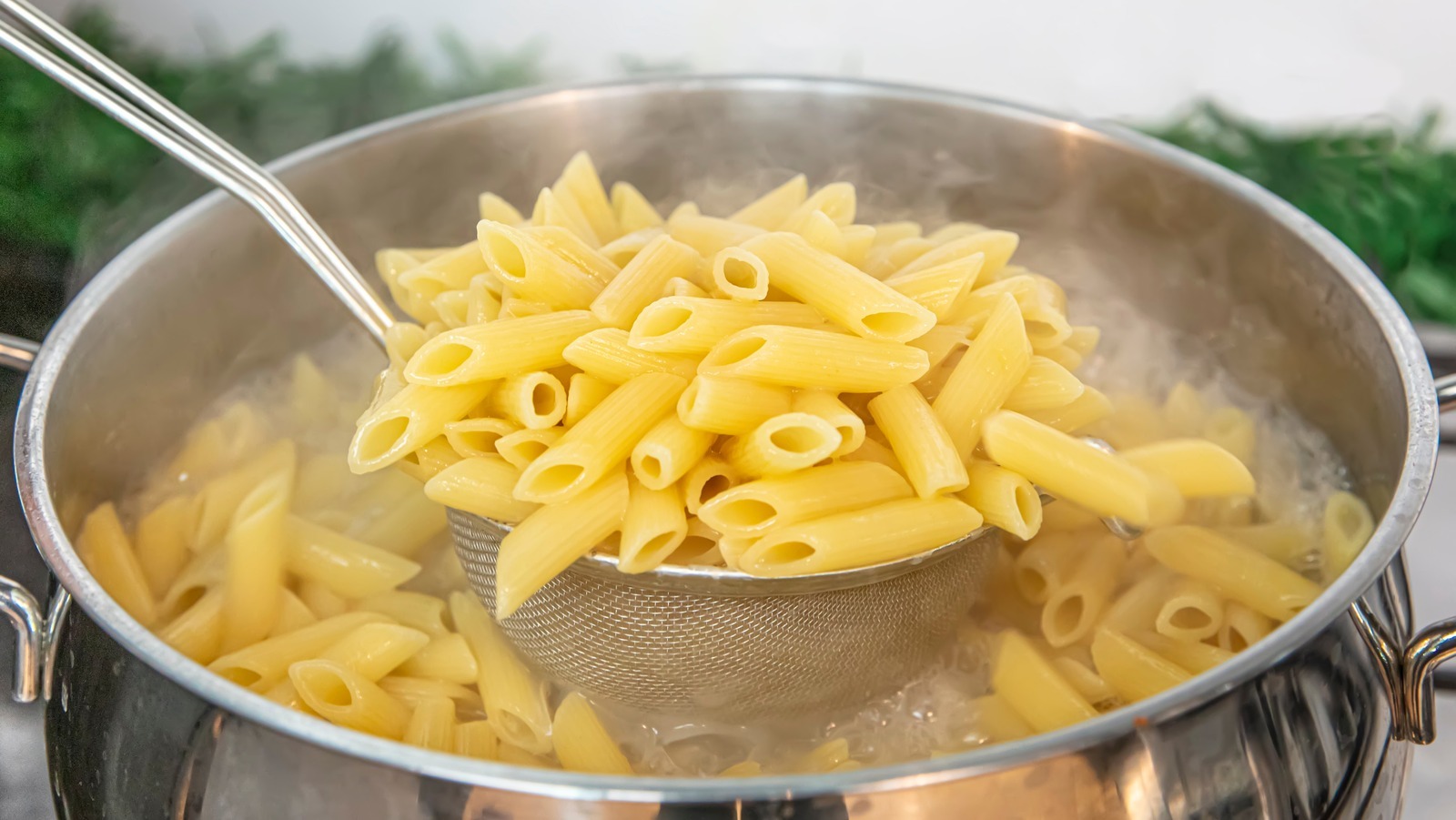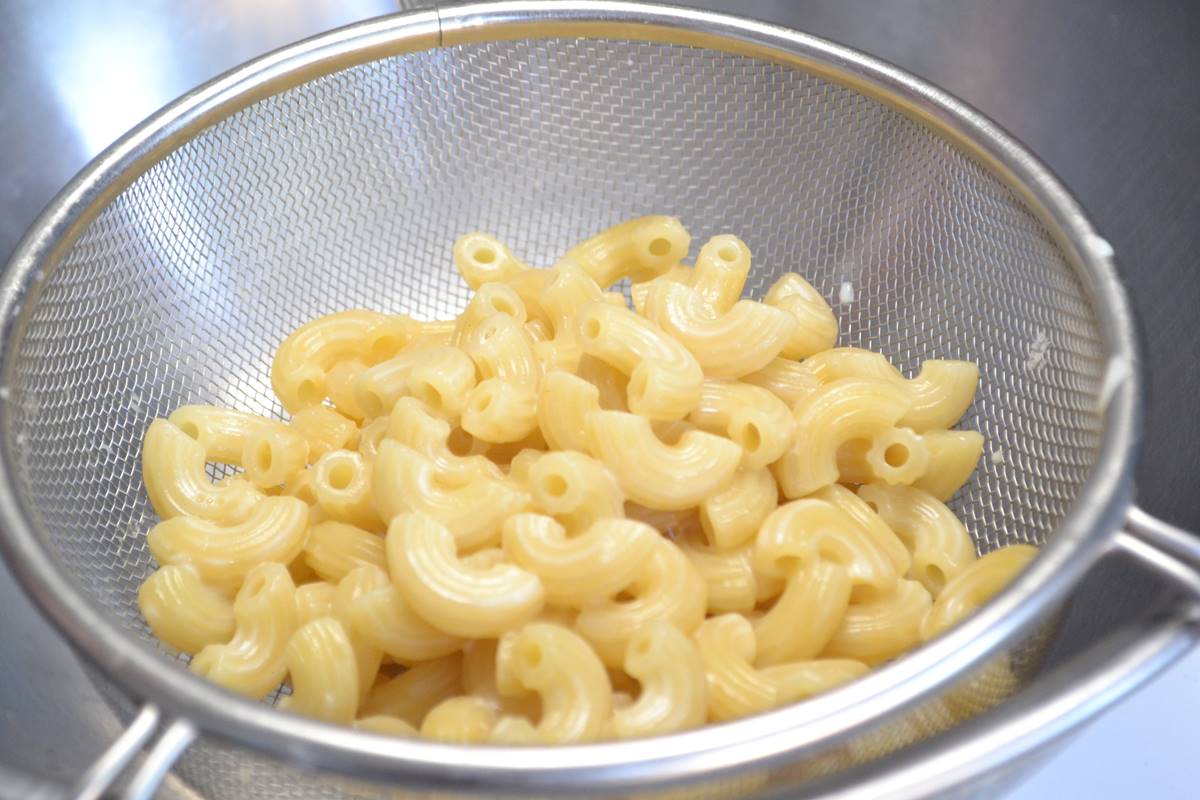How To Boil Corn With Husk: A Delicious and Easy Guide
There’s nothing quite like sinking your teeth into a perfectly boiled ear of corn. And if you want to amp up the flavor and retain those natural juices, boiling corn with the husk on is a game-changer. Not only does it lock in the sweetness, but it also adds a subtle smoky flavor to the kernels. In this guide, we’ll show you how to boil corn with husk, step by step, for a mouthwatering culinary experience.
What You’ll Need:
- Corn on the cob
- Water
- Large pot
- Salt (optional)
- Butter (optional)
Step 1: Prep the Corn
Start by selecting fresh corn on the cob. Look for husks that are bright green and tightly wrapped. Peel back the outermost layers of the husk, but make sure to leave the inner layers intact. Remove the silk threads by gently pulling them away from the cob.
Step 2: Soak the Corn
Before boiling, it’s a good idea to soak the corn in cold water for about 30 minutes. This will help prevent the husk from scorching during cooking and add some moisture to the corn.
Step 3: Boil the Corn
Fill a large pot with enough water to cover the corn. Bring the water to a boil over high heat. Once the water is boiling, carefully place the corn into the pot. If desired, you can add a pinch of salt to enhance the flavor.
Step 4: Cook the Corn
Reduce the heat to medium and let the corn simmer for about 10-15 minutes. The exact cooking time may vary depending on the size and freshness of the corn. You can check for doneness by piercing a kernel with a fork – it should be tender but still slightly crisp.
Step 5: Remove and Serve
Using tongs, carefully remove the corn from the pot and let it cool for a minute or two. Peel back the remaining husk layers, revealing the steaming hot, perfectly cooked corn. Serve it as is or slather it with butter for an extra indulgence.
Boiling corn with the husk intact not only adds a unique flavor but also creates a beautiful presentation. The husk acts as a natural wrapper, locking in moisture and infusing the corn with a subtle smokiness. Plus, it eliminates the need for additional butter or oil during cooking, making it a healthier option.
So, the next time you’re craving a classic summer treat, follow this simple guide on how to boil corn with husk. Your taste buds will thank you for it!
For those eager to master the art of boiling corn with the husk intact, there are several mouthwatering recipes to try. Classic Boiled Corn on the Cob is a great starting point, offering a simple and delicious introduction. If you're looking to mix things up, Boiled Corn and Avocado Salsa and Boiled Corn and Black Bean Salad provide vibrant, refreshing options perfect for summer gatherings. For a zesty twist, Boiled Corn with Lime and Chili Powder adds a punch of flavor, while Boiled Corn with Smoked Paprika Butter delivers a smoky, savory experience. Those who enjoy robust flavors might appreciate the Cajun Boiled Corn with Husk, which brings a spicy kick to the table. Each of these recipes not only highlights the versatility of boiled corn but also allows you to practice and perfect the technique of boiling corn with the husk.
For those eager to master the art of boiling corn with the husk intact, there are several mouthwatering recipes to try. Classic Boiled Corn on the Cob is a great starting point, offering a simple and delicious introduction. If you're looking to mix things up, Boiled Corn and Avocado Salsa and Boiled Corn and Black Bean Salad provide vibrant, refreshing options perfect for summer gatherings. For a zesty twist, Boiled Corn with Lime and Chili Powder adds a punch of flavor, while Boiled Corn with Smoked Paprika Butter delivers a smoky, savory experience. Those who enjoy robust flavors might appreciate the Cajun Boiled Corn with Husk, which brings a spicy kick to the table. Each of these recipes not only highlights the versatility of boiled corn but also allows you to practice and perfect the technique of boiling corn with the husk.
Was this page helpful?
Read Next: How To Boil Beets With Vinegar
